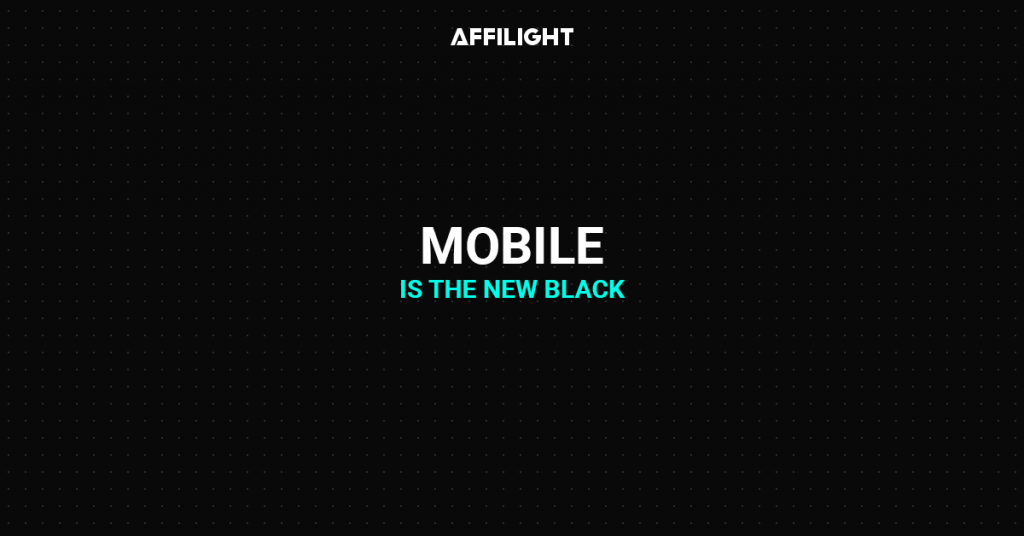Customers seem to associate a particular brand with a certain character. Think of automobiles, internet browsers, shoes, clothes – anything. Every product category has different brands in the space. Every brand in that space has a different flavor. And that is what brand positioning does. A marketer can choose to position the brand as a jazzy and smart product, or a dependable one. You can position your brand as a premium offering, or a value-for-money one. Every marketer tries to identify a particular niche to target. He tries to align his marketing efforts according to the niche. That helps in attracting customers and prospects looking for a particular solution.
Customer a Partner in Positioning
 Many brands do not target a particular brand positioning by themselves. The price, promotion, and packaging of the brand themselves position the brand.
Many brands do not target a particular brand positioning by themselves. The price, promotion, and packaging of the brand themselves position the brand.
Smart marketers are those who do not wait for this to happen. They identify the particular niche that they feel would be best suited for their brand. Then they design a marketing and advertising package to target that niche.
Brand Positioning Statements
 You would have seen taglines associated with most brands. Who hasn’t heard of ‘I’m Loving It’ or ‘Just Do It’? Production, marketing, and sales teams use such brand positioning statement (BPS). Production, Distribution, Marketing – all activities would be aligned to the BPS.
You would have seen taglines associated with most brands. Who hasn’t heard of ‘I’m Loving It’ or ‘Just Do It’? Production, marketing, and sales teams use such brand positioning statement (BPS). Production, Distribution, Marketing – all activities would be aligned to the BPS.
Customers and users are your partner in deciding what positioning your brand has. Take the example of Microsoft, one of the most respected and valued names. Furthermore, consider a particular brand from Microsoft, the Internet Explorer. Over the years, this brand has developed an almost negative image. It is considered to be very slow and unresponsive compared to its competitors.
How to Create a Good Brand Positioning Statement
Let us take the example of a very specific brand. That will help understand how to create an effective brand positioning statement. Think of a footwear company which is now extending its product line. Let us assume it is now launching mountain boots for hiking, apart from its usual range of footwear.
1. Who:
 The first thing to keep in mind is the target customer. Geriatric retirees or school going kids would not need those boots for sure. Middle-aged adults might buy those boots, but whether they do would depend on how keen they are on hiking.
The first thing to keep in mind is the target customer. Geriatric retirees or school going kids would not need those boots for sure. Middle-aged adults might buy those boots, but whether they do would depend on how keen they are on hiking.
So the likeliest customer segment would consist of young males and females within the ages of 20 and 35. They would have a sporty lifestyle. Those customers would be looking for rugged, dependable and good looking boots. They would expect those boots to serve them well in all weather and underfoot conditions.
2. Where:
 This particular brand wouldn’t be competing with other shoe brands. Office shoes, sneakers, and beach footwear wouldn’t be its competitors. So the marketer needs to have a clear understanding of the competitor landscape.
This particular brand wouldn’t be competing with other shoe brands. Office shoes, sneakers, and beach footwear wouldn’t be its competitors. So the marketer needs to have a clear understanding of the competitor landscape.
This will help the BPS to completely list the relevant competitive advantages.
3. What:
 This is one of the most important pillars of the brand positioning statement. Here, the company lays down the specific promises that it is making to the customer. This is the part which details the compelling practical (or emotional) benefit. This is what the customer can expect to get.
This is one of the most important pillars of the brand positioning statement. Here, the company lays down the specific promises that it is making to the customer. This is the part which details the compelling practical (or emotional) benefit. This is what the customer can expect to get.
4. Why:
 The customer doesn’t look at only the product features. The company also needs to provide evidence of how it keeps the promises its brands make. In the example we mentioned, the BPS would talk of the dependability of other shoes from the same company.
The customer doesn’t look at only the product features. The company also needs to provide evidence of how it keeps the promises its brands make. In the example we mentioned, the BPS would talk of the dependability of other shoes from the same company.
How to Evaluate Your Brand Positioning Strategy

Here are a few simple pointers to help you gauge the effectiveness of the strategy you are following.
1. Social media is an easy tool today to get real-time unbiased feedback from customers. It shows you the gap between your strategy and the actual customer perception.
2. Do a run through of all your communication about your brand. Check if it is actually distinguishing your brand from other brands in the same segment. If it looks like ‘yet another ad’, then you need to rephrase your BPS.
3. Every customer who buys wallets won’t need a new wallet every month, and when he does, he might not buy yours always. But you need to keep tabs on your positioning strategy. This helps to keep your brand on the top of the mind of customers.
4. One elementary rule that marketers often forget is consistency. A consistent messaging, color coding, and visual design is imperative for your brand. This will help your brand to stick in the customer’s mind.
Conclusion:
The ways in which marketers advertise have changed a lot in recent decades. And so have the ways in which customers buy. But the basics of a good brand promotion strategy still remain the same. A marketer needs to keep it simple and stick to the fundamentals. That way he will get the best bang for his buck in these times of shrinking marketing budgets.


